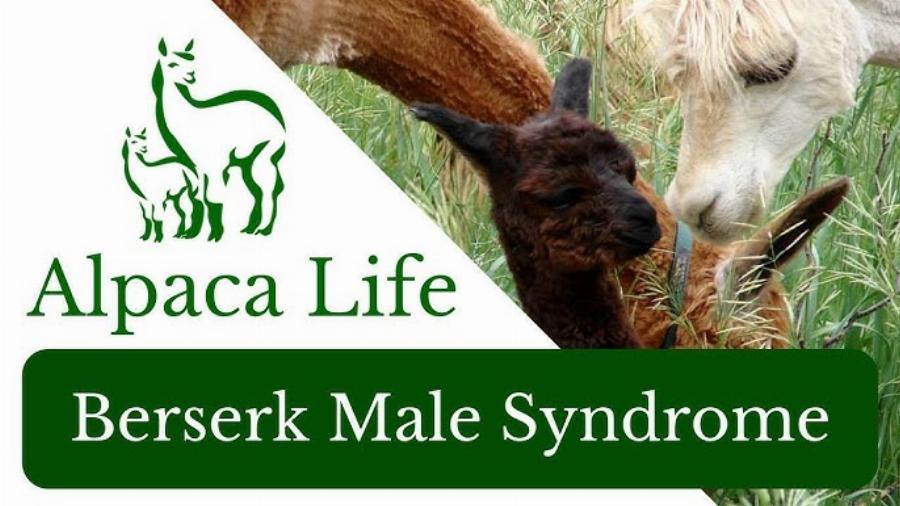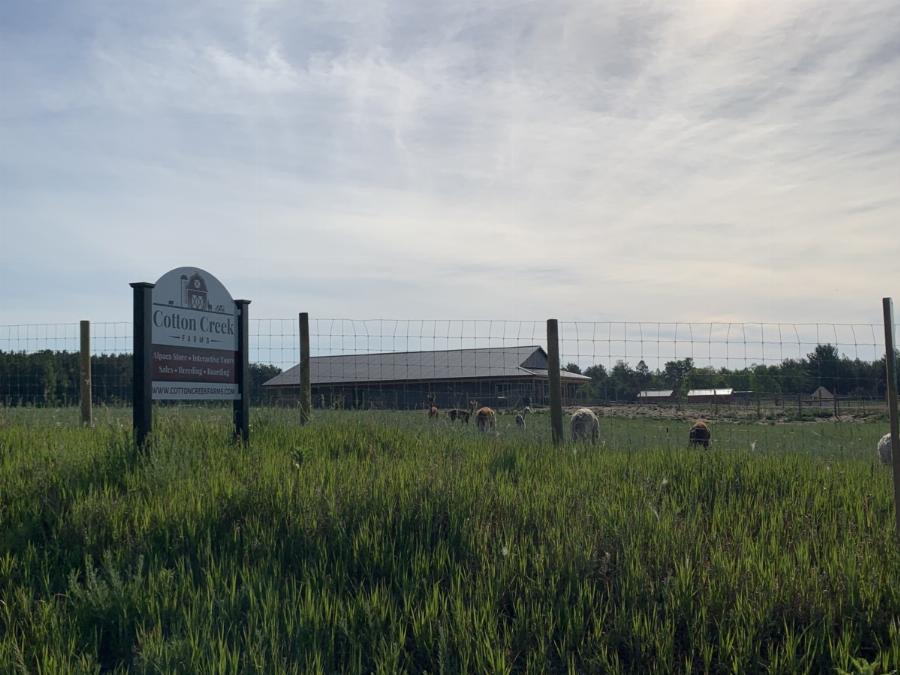Can alpacas eat straw? While it might seem like a suitable food source, the truth is a bit more nuanced. Alpacas have a digestive system designed for grazing on grasses and other forage, and straw, while technically a grass product, isn’t the ideal food for these gentle creatures. Understanding the nutritional needs of alpacas is crucial for their health and well-being. Let’s dive into the world of alpaca nutrition and explore the role of straw in their diet.
Origin and Significance of Alpacas
Alpacas, native to the Andes Mountains of South America, have a rich history intertwined with the indigenous cultures of the region. For centuries, these camelids have been valued for their luxurious fleece, providing warmth and comfort in the harsh mountain climate. They have become increasingly popular worldwide, not only for their fiber but also for their gentle nature and unique charm.
Types of Alpacas and Their Characteristics
Two primary breeds of alpacas exist: the Suri and the Huacaya. Suris are known for their long, silky, dreadlock-like fleece, while Huacayas sport a dense, crimped fleece that resembles a fluffy teddy bear. Both breeds come in a variety of colors, from classic white and beige to rich browns and blacks. Their personalities are generally docile and curious, making them delightful companions and captivating additions to farms and homesteads.
 Alpaca Breeds: Suri and Huacaya
Alpaca Breeds: Suri and Huacaya
Alpaca Care and Husbandry: Can Alpacas Eat Straw?
So, can alpacas eat straw? The short answer is: they can, but it shouldn’t be a staple in their diet. Straw is primarily the dried stalks of grain plants after the grain has been harvested. It’s low in nutritional value compared to hay, which is the dried, whole plant, including leaves, stems, and sometimes seed heads. While a small amount of straw might be acceptable as bedding, offering it as a primary food source can lead to nutritional deficiencies.
What Do Alpacas Eat?
Primarily, alpacas are grazers, happily munching on pasture grasses. A high-quality grass hay, like Timothy or Orchard grass, should form the foundation of their diet, especially during winter months when fresh pasture is unavailable.
How to Supplement an Alpaca’s Diet
Alongside hay, alpacas benefit from a balanced mineral supplement specifically formulated for camelids. This ensures they receive essential vitamins and minerals often lacking in pasture or hay. Consult a veterinarian or experienced alpaca breeder for guidance on appropriate mineral supplements.
 Alpaca Eating Grass Hay
Alpaca Eating Grass Hay
The Alpaca Industry and Its Products
Beyond their role as companions, alpacas contribute significantly to the textile industry. Their fleece is highly prized for its softness, warmth, and hypoallergenic properties. From luxurious sweaters and scarves to cozy blankets and socks, alpaca fiber offers a touch of luxury and comfort.
The Benefits of Alpaca Fiber
Alpaca fiber is naturally water-resistant and flame-retardant, making it a versatile and durable material for various products. It’s also incredibly soft, often compared to cashmere, yet more resilient and less prone to pilling.
 Alpaca Fiber Products
Alpaca Fiber Products
Interesting Facts and Myths about Alpacas
Alpacas are fascinating creatures with unique characteristics and behaviors. They communicate through a series of soft hums, clicks, and body language, creating a harmonious social structure within their herds. Contrary to popular belief, alpacas are not aggressive animals. They are generally gentle and curious, although they can spit when feeling threatened or annoyed. This spit, however, is mostly saliva and stomach contents, not something truly harmful.
Frequently Asked Questions
Q: What is the difference between hay and straw?
A: Hay is dried forage, including the entire plant, and provides essential nutrients for alpacas. Straw, the dried stalks of grain plants, is much lower in nutritional value.
Q: Can alpacas survive solely on straw?
A: No, alpacas cannot thrive solely on straw. It lacks the essential nutrients they need for a healthy diet.
Q: What are the best types of hay for alpacas?
A: Good quality grass hays, such as Timothy and Orchard grass, are excellent choices for alpacas.
Q: How much hay should I feed my alpaca?
A: The amount of hay depends on the alpaca’s size, age, and activity level. Consult a veterinarian for specific guidance.
Q: Can alpacas eat treats?
A: While occasional treats are acceptable, they should not replace their regular diet of hay and mineral supplements.
Conclusion
Understanding the nutritional needs of alpacas, including the answer to the question “can alpacas eat straw,” is crucial for their well-being. While straw may seem like a viable option, it falls short of providing the essential nutrients alpacas require. Providing a diet rich in high-quality hay, along with necessary supplements, ensures these delightful creatures live long, healthy, and productive lives. Their gentle nature, valuable fiber, and captivating presence make them truly remarkable animals. So, next time you see an alpaca, remember the important role nutrition plays in their lives, and appreciate the unique contributions they make to our world.